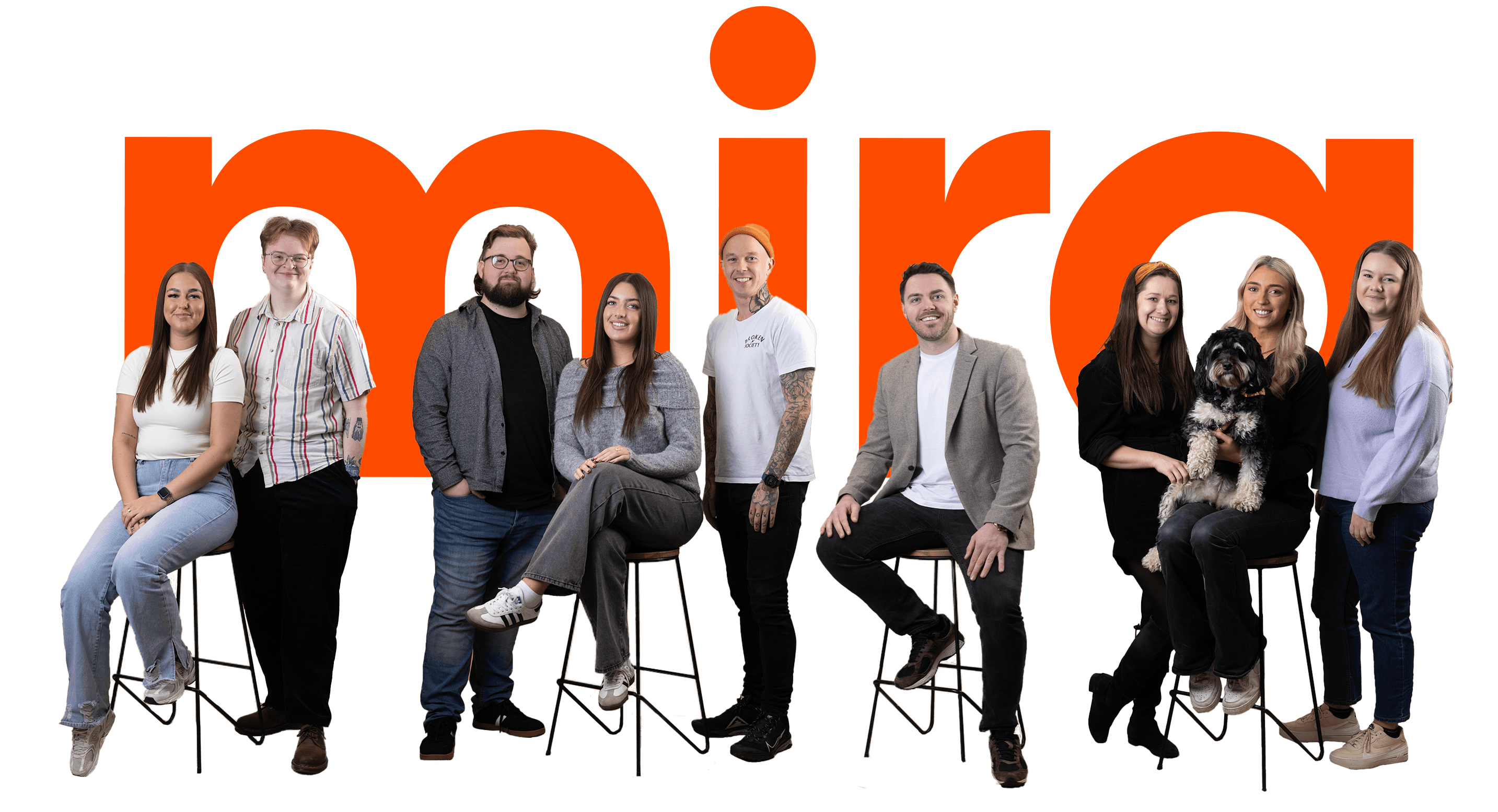
AI-generated content has been everywhere in the last few years, and Meta is no exception. Indeed, like other big players in the tech industry, Meta is channelling a lot of effort into creating their own AI services. The Advantage+ Suite has been a game-changer for Facebook and Instagram ads with various AI-powered tools for automation and content generation.
But using AI comes with its risks and drawbacks. So, Meta has recently announced how they’re tackling one of those main concerns: how AI-generated images are identified.

What‘s Meta doing?
Meta has announced that they are working on establishing “common technical standards for identifying AI content, including video and audio”. This means that in the upcoming year, we can expect to see labels begin to appear on user posts on Facebook, Instagram, and Threads indicating AI-generated content.
Why are Meta doing it?
It’s no secret Meta has run into trouble in the past when it comes to misleading content on their platform. The wide availability of AI-generation tools means it’s easier than ever for bad actors to create fake images, videos and audio for malicious purposes. With high-profile elections upcoming in 2024, including in the US and UK, social media companies have increased pressure upon them to make sure potential voters aren’t being manipulated by fake content.
How is it going to work?
Photorealistic images created with Meta’s own AI-generation tools already appear with an “Imagined with AI” disclaimer. There are also invisible markers embedded into image files created using Meta. These identify the use of AI when posted to other platforms.
However, the current challenge is to identify the AI content created using one of the many alternative tools. Meta has said that they are “working with other companies in our industry to develop common standards for identifying [AI]”, following best practices laid out by the Partnership on AI (PAI).
Meta is open about the fact that it isn’t yet possible to identify every piece of AI-generated content and that there are ways to remove the built-in invisible markers. These are the main focuses that Meta is aiming to tackle in the upcoming months and years.
How will it affect Meta ads?
It isn’t only user posts that have access to Meta’s AI tools. Facebook and Instagram ads have access to the Advantage+ Suite. This includes multiple ways for advertisers to use AI for automation and content generation within their ads. For example, when creating an image ad, you can choose Image Expansion as one of the Advantage+ creative options. In theory, this allows your images to better fit different placements by generating pixels to fill gaps.
However, using lots of AI-generated content for your Meta ads is not necessarily in your best interest. We’ve talked before about the lack of trust customers have towards AI-generated content. A marker on your images or videos indicating that AI has been used could turn some audiences off. This is true even for the likes of Image Expansion. You’re going to have more control over the way your content comes across if you optimise it yourself.
It isn’t clear from the announcement exactly how labelling features will be used for Meta ads. Given the responsibility that advertisers have to truthfully represent themselves to their customers, it seems likely that ads will be held to similar standards when it comes to labelling generative AI.
Want to know more about how you can use Meta ads for your business? Get in touch with our Newcastle digital marketing agency today, we’d love to chat!
